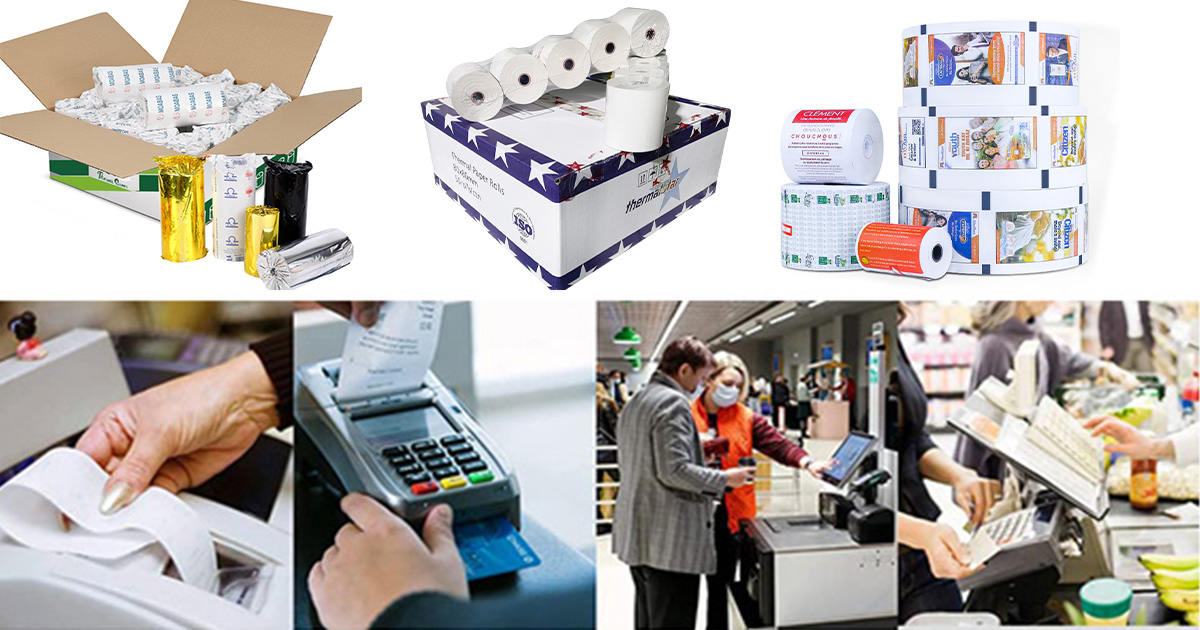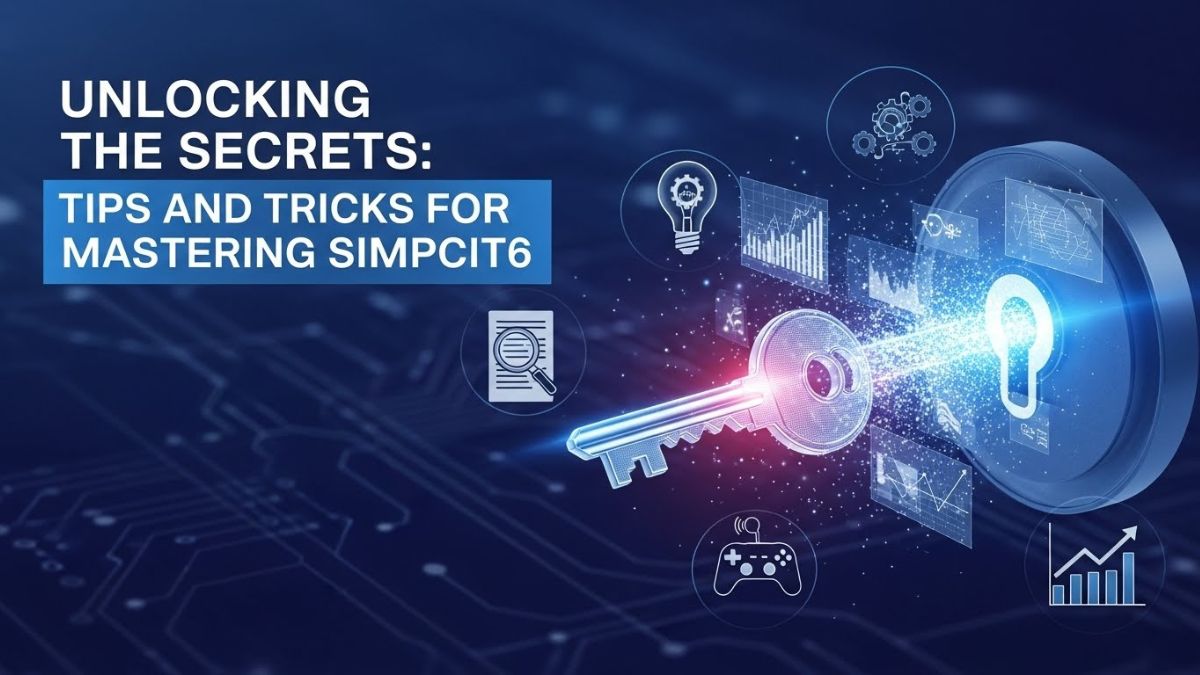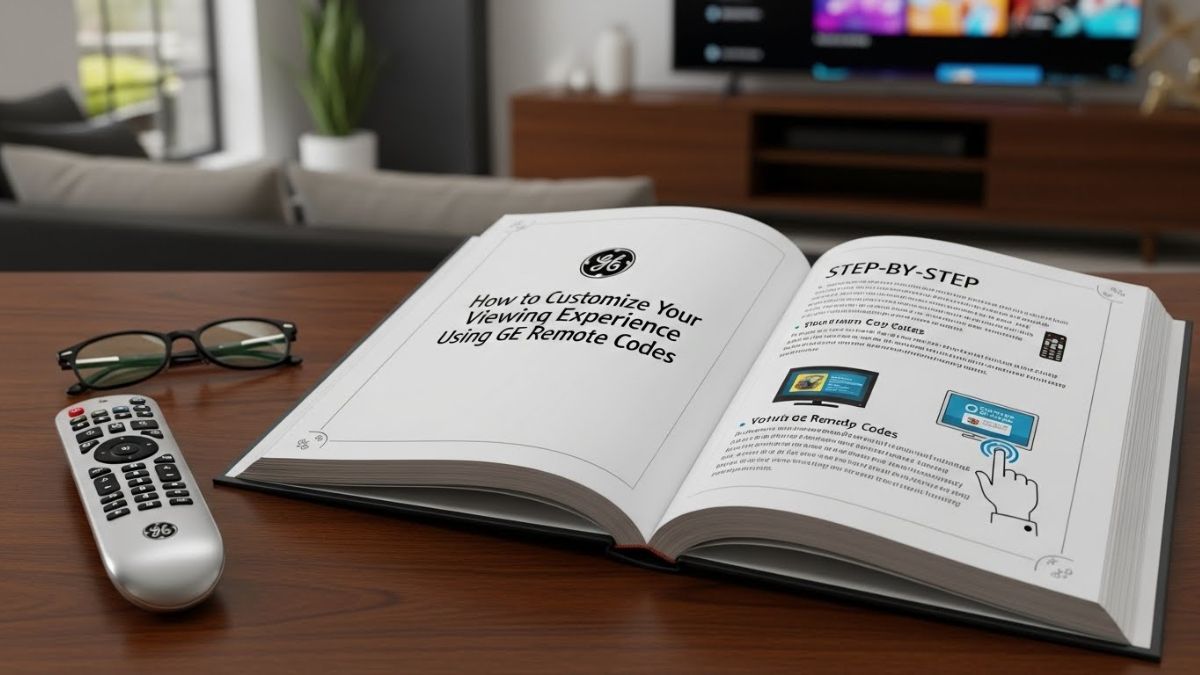GENERAL
How Long is A 1 Roll of Thermal Paper?

The performance of your printer depends on selecting the appropriate thermal paper roll size. Finding suitable paper rolls, printer ribbons, and cleaning supplies online is simple if you know the type of your receipt printer. This advice, however, will assist you in measuring and determining the appropriate thermal paper roll size if you do not have the printer model information on hand.
Thermal paper has many uses, and depending on the use case, printers can have specifications. Customers must select the appropriate thermal paper specs. You achieve knowledge on how to choose the proper tube core length, paper roll length, paper roll breadth, and paper roll diameter for your application. If you need thermal paper rolls, you should buy thermal paper rolls wholesale at a reasonable price.
Thermal paper rolls
The first step in choosing and using paper rolls in your printer is to pick the proper size for thermal paper rolls. You can typically find out what products (paper rolls, printer ribbons, cleaning supplies, etc.) are compatible with your receipt printer by searching for the model name on Google. If you are a seasoned consumer of thermal paper, you are aware that rolls of the same size come in varying lengths for different paper grades. An 80 x 80 mm paper roll is our most popular paper size. You must regularly replace the paper roll in your printer since thicker materials require less paper per roll, which limits the number of receipts.
Paper roll width
The first and most important measurement in the paper roll’s specs is its width. This dimension establishes whether the paper will properly fit into your printer. Measured from one edge to the other, the breadth covers the whole surface of the roll. On a receipt, it is crucial to measure the whole width of the paper, from edge to edge, rather than simply the width of the written text. Measure in millimeters for precision since even little variations may have a big impact.
The standard unit of measurement for thermal paper roll widths in the US is inches. Two and three quarter inches are common widths. The two most common paper roll sizes in other nations are 57mm and 80mm. Thermal receipt printers typically utilize an 80mm width roll, although most credit card terminals and portable printers use 57mm wide rolls.
The first parameter to examine is the paper roll’s width, and the measurement needs to be precise to the nearest millimeter. If there is even a one-millimeter measuring discrepancy, the paper roll might not fit into the printer. The most widely used sizes available are 80mm and 57mm, and equipment can also be used for 76mm, 110mm, and other unique sizes. Certain nations that use feet as a unit of measurement will buy 3 1/8 and 2 1/4 feet.

Length of Paper Roll
The amount of paper wound onto the roll is measured by the roll length. While it’s not a crucial measurement to know when ordering paper rolls, a longer roll will inevitably last longer and require fewer replacements. For instance, the length of an 80 × 80 mm thermal paper roll might range from 50 to 90 meters. You can buy these thermal paper rolls wholesaleto meet your requirements. See our helpful post on how to measure the length of a paper roll for more information. Thermal paper is usually available in the following lengths: 50, 80, 185, 220, 230, and 273 feet.
Paper roll diameter
Measuring the distance between the center and both ends through the paper roll’s core, the diameter of the roll is the second criterion to verify. The amount must be one millimeter smaller than the paper roll that the present printer uses. The paper roll’s diameter varies from 25 to 300 mm, and its dimensions are altered to suit the printer. The paper will be longer and survive longer if the paper roll has a greater diameter.
Tube core length
The inner diameter and outer diameter are the two halves of the tube core length. The paper rolls into the printer to function if the inner diameter of the tube core is tiny. Paper, plastic, and honeycomb tubes are the materials for tube cores that are found in the market. Sizes like 13×19 paper tubes, 40×44 paper tubes, 13×17 plastic tubes, 12×22 honeycomb tubes, etc., are utilized. Know that there will be fewer meters of paper rolls with the same diameter the higher the outer diameter of the tube core. Paper rolls without tubes are also an excellent choice for clients who need extra paper.
Core Size
Rolling the paper onto a tube has a diameter, which is its core size. For cores, there are two crucial measurements:
Core ID. (Inside Diameter): The size of the hole in the middle of the core is known as its core ID (inside diameter). It is crucial because the core ID has to fit the pins or spindles that certain machines employ to retain the roll. The typical core diameter is 12.7 mm, or 7/16″.
Core OD. (Outside Diameter): These are the core’s overall dimensions, with the hole included. Although it has less of an impact than the core ID, it still has an impact on the roll’s length and diameter.
The Relevance of Accurate Measurements
For a number of reasons, it is crucial to measure your thermal paper rolls correctly.
- Compatibility: Using the incorrect size paper roll may result in printer jams or damage. Having the right measurements will facilitate the printer’s smooth operation.
- Efficiency: By lowering the frequency of roll changes, particularly during peak hours, the proper roll size may increase efficiency.
- Cost-effectiveness: Acquiring the appropriate size paper roll guarantees optimal value for your money and helps avoid waste. Incorrect sizing might mean having to deal with regular replacements or needing to buy extra supplies.
Common Sizes and Their Uses
Different applications call for different sizes of thermal printers. You can pick the ideal paper roll for your requirements by being aware of the typical sizes and their applications:
- 80mm x 80mm Rolls: Rolls measuring 80 mm by 80 mm are the most often used sizes in retail stores, restaurants, and point-of-sale (POS) systems. They ensure fewer replacements during busy times by offering an excellent balance between width and roll length.
- 57mm x 30mm Rolls: Handheld or portable printers usually utilize these smaller rolls. For mobile applications like delivery services or small-scale retail businesses, they are perfect.
- 110mm x 55mm Rolls: Rolls measuring 110 mm by 55 mm are used in bigger receipt printers, which are often seen in department shops and supermarkets. More intricate printing, such as those with logos and advertising messaging, are possible due to the bigger width.
Types of Thermal Paper Rolls
In addition to sizes, thermal paper rolls are available in several varieties, each of which is appropriate for a particular use. These are a few typical kinds:
The most popular kind of thermal paper for regular transactions is the standard version. It is affordable and offers crisp invoice and receipt printing.
- Top-Coated Thermal Paper: This kind of paper contains an extra layer of coating that provides defense against moisture, oil, and scuffs. It is perfect for situations where printed materials must last longer or when there are rough handling or environmental factors that affect the paper.
- Synthetic Thermal Paper: This sturdy paper kind is impervious to tearing, water, and grease. It is often used for tickets, badges, and labels that must survive challenging conditions.
- Linerless Thermal Paper: Thermal paper rolls without a backing liner are known as linerless rolls. This is in contrast to conventional thermal paper rolls. Their use is common in labeling applications where waste reduction is a top priority.
Considerations for Selecting Thermal Paper Rolls
There are a few things to take into account when choosing thermal paper rolls to make sure your printer operates at its peak efficiency:
- Printer Interoperability: Always refer to the printer’s specs or the handbook to determine the ideal sizes and kinds of paper rolls. Using rollers that are compatible will guarantee optimum performance and avoid jams.
- Print Quality: Take into account the required print quality. For intricate images or logos, use premium thermal paper with greater sensitivity and a top coat if you need high-quality prints.
- Durability: Consider how long you want the printed material to remain valid. To ensure longer-lasting receipts, choose top-coated or synthetic thermal paper for increased durability.
- Environmental Conditions: Take into account the circumstances around the usage of the paper. Choose a sort of paper that gives resistance to factors like moisture, grease, and severe temperatures if they will be present in it.
- Cost: Although it may be tempting to choose the least expensive choice, weigh the benefits in total. Although high-quality paper may initially cost more, it may save you money over time by lowering printer maintenance costs and offering improved functionality.
In summary
For your thermal printer to operate well and last a long time, the size and kind of thermal paper roll you choose is essential. You can guarantee compatibility and efficiency by being aware of the important metrics and variables to take into account. Maintaining the quality of your thermal paper rolls via proper storage can guarantee crisp, long-lasting printouts. Choosing the appropriate thermal paper rolls for your thermal printer can help you achieve the finest prints possible on receipts, labels, and tickets.
GENERAL
Unlocking the secrets: Tips and tricks for mastering simpcit6

Are you feeling overwhelmed by the chaos of everyday life? The constant hustle and bustle can leave us longing for something more serene. Enter simpcit6, a concept that embraces simplicity in every facet of our existence. Imagine living with less clutter, fewer distractions, and more meaningful connections. This guide will help you unlock the secrets to mastering simpcit6, transforming your world into a haven of tranquility and fulfillment. Let’s dive into how embracing simplicity can lead to profound benefits in your life!
Understanding the concept of simplicity
Simplicity is more than just a minimalist aesthetic; it’s a mindset. At its core, simplicity encourages us to strip away the unnecessary and focus on what truly matters.
This concept invites us to evaluate our possessions, commitments, and relationships. It asks: Are these elements enriching my life or adding noise?
By embracing simplicity, we create space for clarity. This clarity helps illuminate our priorities and passions that often get drowned out by life’s distractions.
Think of it as an invitation to breathe easier. The less clutter in your environment translates into less clutter in your mind.
Understanding simplicity is about finding balance—a way to navigate through life’s complexities with grace and ease. It’s about aligning daily choices with personal values while fostering genuine fulfillment.
The benefits of living a simple life
Living a simple life brings clarity. It strips away distractions, allowing you to focus on what truly matters. With fewer possessions and obligations, your mind becomes less cluttered.
Financial freedom often follows simplicity. By reducing unnecessary expenses, you can save more and spend wisely. This shift creates a sense of security that eases daily stress.
Health benefits are also significant. A simplified lifestyle encourages better eating habits and physical activity as you’re less inclined to indulge in excess. Your body feels lighter, energized by wholesome choices.
Relationships thrive in simplicity too. With fewer commitments, there’s more time for genuine connections with loved ones. Conversations become deeper when you’re not preoccupied with trivial concerns.
Emotional well-being improves as well. Simplicity fosters mindfulness, helping you appreciate the present moment instead of worrying about the future or dwelling on the past. Life becomes richer when it’s uncomplicated.
How to declutter your physical space
Decluttering your physical space can feel overwhelming, but it doesn’t have to be. Start small by tackling one area at a time. Focus on your desk, a closet, or even just a drawer.
Gather everything in that space and sort items into categories: keep, donate, and toss. Be honest about what you truly need versus what’s simply taking up room.
Consider the “one-year rule.” If you haven’t used an item in over a year, it’s likely not essential.
Once you’ve narrowed down your belongings, organize what’s left neatly. Use storage bins or shelves to create designated areas for different categories.
Make decluttering a routine task instead of an occasional chore. Set aside 10 minutes each week for quick tidying sessions to maintain order and simplicity in your environment. Less clutter leads to more clarity!
Tips for simplifying your daily routine
Start your day with a focused morning routine. Choose the most important tasks and tackle them first. This sets a positive tone for the rest of the day.
Consider time blocking as a strategy. Allocate specific periods for tasks, minimizing distractions and maximizing productivity. Stick to these blocks to cultivate discipline.
Embrace minimalism in your choices. Limit options when it comes to clothing or meals. This reduces decision fatigue and streamlines your mornings.
Use technology wisely by implementing apps that remind you of daily goals or help manage your calendar efficiently. Automate repetitive tasks whenever possible; let technology do the heavy lifting.
Take breaks intentionally throughout your day. Short pauses can refresh your mind and enhance creativity, making complex days feel simpler and more manageable.
Simplifying relationships and social interactions
Simplifying relationships begins with clarity. Identify what truly matters to you in your connections. Focus on quality over quantity. It’s better to have a few genuine friends than dozens of superficial acquaintances.
Clear communication is essential. Be open about your feelings and expectations. This reduces misunderstandings and fosters deeper bonds.
Set boundaries that protect your time and energy. Saying no can be liberating, allowing you to invest more in the relationships that bring joy.
Embrace vulnerability by sharing thoughts without fear of judgment. This builds trust and encourages others to do the same.
Let go of toxic dynamics that drain you emotionally or mentally. Surround yourself with positivity, fostering an uplifting environment for all involved in the relationship journey.
Creating simplicity in social interactions not only eases tension but also enriches the experience of connection itself.
Managing stress and finding inner peace through simplicity
Embracing simplicity can significantly reduce stress in our lives. When we strip away the unnecessary, we create space for clarity and calm.
Living simply allows us to focus on what truly matters. This shift helps alleviate feelings of overwhelm that often come from juggling too many commitments or possessions.
Mindfulness plays a key role here. By paying attention to the present moment, you can quiet racing thoughts and appreciate life’s small joys. Simple practices like deep breathing or meditation can be powerful tools for cultivating inner peace.
Creating a minimalist environment also contributes to serenity. A tidy space invites tranquility, making it easier to unwind after a long day.
Remember that simplicity is not just about physical surroundings; it’s also an attitude towards life’s complexities. Prioritizing your mental well-being through simple choices fosters resilience and promotes overall happiness.
Conclusion:
Living a simpler life through the principles of simpcit6 can be transformative. By understanding the essence of simplicity, you free yourself from unnecessary burdens. The benefits are vast—less stress, increased clarity, and more time for what truly matters.
Decluttering your physical space allows for a fresh start. It paves the way for creativity and productivity to flourish. Simplifying daily routines streamlines your activities, making each day feel lighter and more manageable.
Relationships also benefit from simplicity. Fostering genuine connections over superficial ones leads to deeper fulfillment. Social interactions become less complicated when we focus on quality over quantity.
GENERAL
How to Customize Your Viewing Experience Using ge remote codes

Enter GE remote codes—a game changer for anyone looking to streamline their viewing experience. With the right codes, you can control all your devices seamlessly from one remote. Say goodbye to clutter and confusion! In this article, we’ll dive into how these little numerical sequences can enhance your entertainment setup and make every movie night feel like magic. Whether you’re new to GE remotes or just need a refresher on maximizing their potential, we’ve got you covered. Let’s explore how to customize your viewing experience today!
Benefits of using GE remote codes for your viewing experience
Using GE remote codes can significantly enhance your viewing experience. One major benefit is convenience. With the right code, you can control multiple devices from a single remote, reducing clutter and simplifying your setup.
Additionally, GE remote codes allow for seamless integration with various brands. This means less time fumbling between remotes to switch channels or adjust settings on different gadgets.
Another advantage is customization. You can program shortcuts that suit your viewing habits, enabling quick access to favorite channels or apps. Personalization makes it easier to enjoy content without navigating through menus each time.
Furthermore, having precise control over volume and mute functions elevates your comfort level while watching TV shows or movies. The ability to fine-tune these settings enhances every moment spent in front of the screen. Enjoying an optimized experience has never been simpler!
How to program your GE remote with the correct code
Programming your GE remote is a straightforward task that can enhance your viewing experience. Start by identifying the device you want to control, whether it’s a TV, DVD player, or sound system.
Next, gather the GE remote codes specific to your device brand. You can typically find these codes in the user manual or on the manufacturer’s website.
Once you have the code ready, turn on your device and press and hold the “Setup” button on your remote until the red indicator stays on. Then release it and press the corresponding button for your device—like “TV” or “DVD.”
Now input the code using the number buttons. If done correctly, you’ll see a red light blink and turn off. Test your remote functions to ensure everything works seamlessly!
Additional tips and tricks for customizing your viewing experience
To enhance your viewing experience, consider organizing your remotes. Use a universal remote that can handle multiple devices seamlessly. This minimizes clutter and streamlines control.
Adjust the picture settings on your TV for optimal clarity. Experiment with brightness, contrast, and color saturation to find what feels right for you. Each room’s lighting may require different adjustments.
Explore available features on streaming services too. Many platforms offer personalized recommendations based on your viewing history; take advantage of these suggestions to discover new favorites.
If you’re into gaming, customize the audio settings as well. Surround sound options can greatly improve immersion during gameplay or movie-watching sessions.
Keep an eye out for firmware updates from device manufacturers. Regularly updating software ensures access to the latest features and improvements for maximum enjoyment of your entertainment system.
Troubleshooting common issues with GE remote codes
When using GE remote codes, you might encounter some common issues that can be frustrating. One frequent problem is the remote not responding at all. This could indicate dead batteries or a need for reprogramming.
If your GE remote isn’t controlling the device as expected, double-check that you’ve entered the correct code. Sometimes, it takes multiple attempts to find the right one.
Another issue may arise when certain buttons don’t function properly. Ensure there’s no obstruction between the remote and your device. Dust or dirt on sensors can also affect performance.
Should you face persistent problems, try resetting your remote. Remove the batteries for a minute before reinserting them to refresh its settings.
Remember, specific devices often have unique codes; verifying compatibility can also save time and effort in troubleshooting these pesky issues.
Conclusion:
GE remote codes are a fantastic way to enhance your viewing experience, allowing you to customize how you interact with your devices. By programming your GE remote correctly, you can control multiple gadgets seamlessly and enjoy all the features they offer without hassle.
Using these codes not only simplifies operation but also brings together various devices under one convenient remote. This means fewer remotes cluttering your living space and more time enjoying your favorite shows or movies.
Programming might seem complex at first, but following straightforward steps will have you navigating channels in no time. Plus, with additional tips and tricks at hand, you’ll discover even more ways to tailor the experience to suit your preferences.
GENERAL
Unlocking Potential: Discovering the Role of dados as in Personal Development

Personal development is a journey many embark on, yet few truly understand the power of the tools available to them. It’s not just about setting goals or reading self-help books; it’s about unlocking hidden potential and fostering growth in all aspects of life. One such tool that has gained traction in recent years is dados as, an intriguing concept rooted in history and rich with promise for those willing to explore its depths.
Imagine having a roadmap tailored to your unique strengths and weaknesses—a way to enhance your skills while also nurturing your emotional well-being. The beauty of personal development lies in discovering what works best for you, and dados as offers a refreshing perspective that can transform your approach. Ready to dive deeper? Let’s unravel this fascinating concept together!
The Concept of Dados and its History
Dados, often referred to as “data” in the context of personal development, traces its roots back to ancient practices. The term itself has evolved over time, reflecting changing perceptions of knowledge and information.
Historically, different cultures used various forms of dados—such as storytelling or parables—to pass down wisdom and insights. These narratives served not merely for entertainment but also as tools for reflection and growth.
As societies progressed, so did our understanding of what constitutes valuable data in personal development. Today’s dados encompass a wide range of resources including books, courses, workshops, and even digital content.
The shift from oral traditions to written records marked a pivotal moment in how we engage with knowledge. It laid the groundwork for individuals seeking structured paths toward self-improvement through actionable insights derived from diverse sources.
How Dados can be Used for Personal Development
Dados, often seen as mere tools for games, can unlock a deeper potential in personal development. Their unpredictable nature mirrors life’s uncertainties. Embracing that randomness encourages adaptability.
Use dados to set intentions or goals. Roll them and let the outcome guide your focus for the day or week ahead. This playful approach fosters creativity and helps break through mental blocks.
Incorporate dados into journaling rituals. Each roll can symbolize different themes you explore—self-reflection, gratitude, or aspiration. It adds an element of surprise to your introspection process.
Group activities with dados promote teamwork and communication skills. Sharing interpretations of each roll strengthens connections with others while fostering empathy.
Consider creating challenges based on dado outcomes—small tasks inspired by what they reveal about yourself or your aspirations. This dynamic interaction makes personal growth engaging and memorable.
Tips for Incorporating Dados into Your Own Personal Development Plan
Start by identifying your goals. What areas of personal development resonate most with you? Use dados as a tool to clarify these aspirations.
Next, set measurable milestones. Break your larger objectives into smaller, actionable steps. This way, you can track progress and celebrate achievements along the way.
Incorporate regular reflection sessions into your routine. Reflecting on experiences allows for deeper insights and adjustments in your approach.
Consider integrating dados into journaling practices. Writing about daily challenges or successes can illuminate patterns that need attention.
Seek community support by sharing your journey with others interested in personal growth. Engaging with like-minded individuals can provide new perspectives and encouragement.
Stay flexible in your plan. Life is unpredictable; adapt as necessary while maintaining focus on the core principles of dado practice in achieving personal excellence.
Potential Challenges and How to Overcome Them
When incorporating dados as into your personal development journey, you might encounter various challenges. One common hurdle is the lack of understanding about how to effectively use dados as for self-improvement.
To overcome this, start by educating yourself. Research different methodologies and how others have successfully integrated dados as into their lives. Online courses and community forums can be invaluable resources.
Another challenge is maintaining motivation over time. The novelty may wear off, leading to a decline in enthusiasm. To combat this, create small milestones that celebrate your progress along the way.
Be prepared for setbacks. They are part of any growth process. When faced with obstacles, practice self-compassion and reassess your approach rather than giving up entirely. Adjusting goals or strategies can often reignite your passion for personal development through dados as.
Conclusion:
Personal development is a journey that many embark on in pursuit of self-improvement and fulfillment. The concept of dados as—integral to this journey—offers unique insights into our growth potential. By understanding the historical significance and practical applications of dados, you can unlock new avenues for personal growth.
Incorporating dados into your personal development plan can enhance your self-awareness, decision-making skills, and overall life satisfaction. While challenges may arise along the way, embracing these obstacles as part of the process will empower you to adapt and thrive.
-

 GENERAL2 years ago
GENERAL2 years agoDiscovering the Artistic Brilliance of Derpixon: A Deep Dive into their Animation and Illustration
-

 Posts2 years ago
Posts2 years agoSiegel, Cooper & Co.
-

 Lifestyle2 years ago
Lifestyle2 years agoPurenudism.com: Unveiling the Beauty of Naturist Lifestyle
-

 HEALTH2 years ago
HEALTH2 years agoTransformative Health Solutions: Unveiling the Breakthroughs of 10x Health
-

 FASHION2 years ago
FASHION2 years agoThe Many Faces of “λιβαισ”: A Comprehensive Guide to its Symbolism in Different Cultures
-

 Lifestyle2 years ago
Lifestyle2 years agoBaddieHub: Unleashing Confidence and Style in the Ultimate Gathering Spot for the Baddie Lifestyle
-

 Entertainment2 years ago
Entertainment2 years agoGeekzilla Podcast: Navigating the World of Pop Culture, Gaming, and Tech
-

 Lifestyle1 year ago
Lifestyle1 year agoSandra orlow: Unraveling the Story of an Iconic Figure
